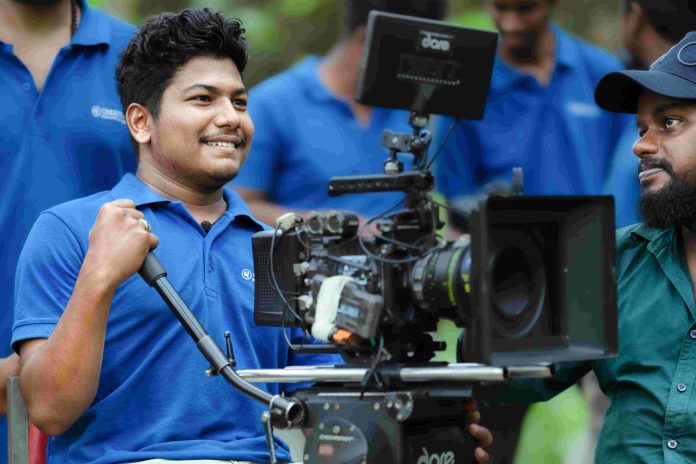Look deep into nature, and then you will understand everything better.Birds photography is one of the most intriguing types of wildlife photography. However, due to the equipment, technical know-how, and additional expertise necessary, becoming a wildlife photographer can be challenging.First, we need to learn all the fundamentals of wildlife photography.

Love birds: Love is in the air.

Nesting: Love begins at home.
Wildlife photography is a popular genre of photography that is enjoyed by both amateurs and pros. Technically, it entails capturing any kind of animal (from birds to insects to butterflies to mammals). The most often photographed creatures by wildlife photographers include mammals, reptiles, amphibians, and birds.

Reunion: Long time no see!

Parlance: Yes, hope you are well.
It is a well-liked pastime. A birdwatcher, but more commonly a twitcher or birder is someone who normally does bird photography. But they are inexperienced. Ornithology is the scientific study of birds, but photographing them is difficult. Wild birds rarely pose where we want them to and getting close enough to take good photographs is often tough. However, knowing the fundamentals of bird photography makes it much easier to capture incredible moments in the lives of birds.

Pessimistic: I am tired of my life.

Optimistic: Don’t be so disappointed.
Birds move, fly, scurry, swim, mate, battle and dive all the time, sometimes simultaneously. We usually see our best shots in our head first, watching behavior and anticipating what the bird will do next. If we know how our subject will move, we can select shutter speeds, f-stops, and ISO that maximize the potential quality of that image. In order to be successful, we spend a lot of time learning about birds’ behavior, watching them closely and reading up on them, so that we know how they might behave under different circumstances.

Quarrelling: Conflict is inevitable but combat is optional.

Bird of Jove: Like an eagle, a master flies alone.
Since most birds are shy, we need at least a 200 mm lens to photograph them. A longer focal length allows you to capture birds from greater distances while also blurring the background. More millimeters (or a larger aperture) suggest a lens that is more expensive, larger and heavier. Knowing all of this, we believe that a 400 mm f/5.6 lens is the ideal choice if we want as many millimeters as possible, a moderate aperture, and the ability to move around. Of course, with a lens of 100 mm or less, we can create stunning bird photos; we only need to find more bold birds or compose them in a landscape.

Purple Heron: Wait, I am also coming.

Migrant: Oh! so boring. Let’s go to some other place.
This chapter “Flora Creatures” is all about photographing the beautiful birds. Here we can see different behaviors and activities of birds and the way birds communicate.
Copyrights:
All the photos and text in this post are copyright of Deepak verma, New Delhi, Creative Hut Institute of Photography.Their reproduction, full or part, is forbidden without the explicit approval of the rightful owners.


